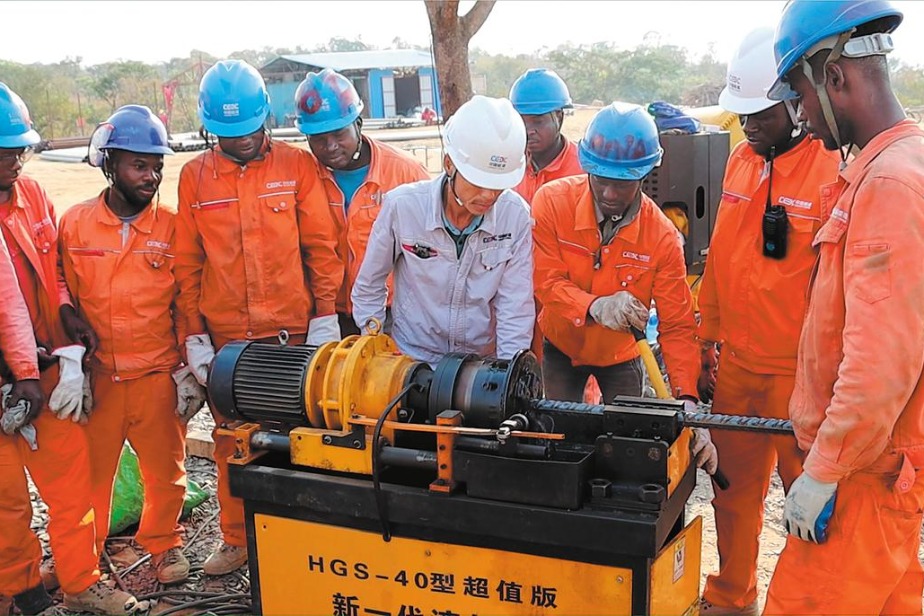National pension system bridges gaps


With the job market growing stably, China is implementing a new national pension system to consolidate the labor market and ensure people across the country have a fairer and safer working environment.
The new national pension system, which came into effect on Jan 1, is projected to help relieve possible financial gaps in the payment of pensions and narrow economic imbalances between some provinces and regions.
According to the Ministry of Human Resources and Social Security, the central government first implemented a State-level adjustable pension payment system in July 2018, to relieve the burden on provinces with weaker economies. It allocated over 600 billion yuan ($95 billion) across provinces from 2018 to last year.
"The system will solve the structural imbalance in pension payments among different provinces and regions to ensure people get their pensions in a timely manner," Qi Tao, deputy director of the ministry's department of pension insurance, said at a teleconference on Tuesday.
"We've seen a disparity in economic development and population structure in different provinces and regions, which leads to a worsening problem in pension payment. Some provinces have leftovers while some with more elderly people are under financial stress in meeting pension payments. That means it's necessary to implement a national pension system to narrow the imbalances."
By the end of last year, China's pension system had covered over 1.03 billion people. About 230 million people had unemployment insurance and 280 million had work injury insurance.
Figures given by the ministry showed that about 12.7 million jobs were created in urban areas last year, surpassing the target of 11 million. The average surveyed unemployment rate was 5.1 percent, falling by 0.5 percentage points from 2020.
The employment of key groups including college graduates, migrant workers and demobilized military personnel was also stable last year, while the number of migrant workers continued to grow, recovering to the level before the onset of the COVID-19 pandemic.
- Opera gala to celebrate Mid-Autumn Festival on Hebei Television
- Shanghai Disney Resort to expand its popular attraction Soaring Over the Horizon
- Guangdong's Gongbei Port bustling with activity ahead of Super Typhoon Ragasa
- Bus services between Guangdong and HK suspended as Super Typhoon Ragasa nears
- Hainan ups warning level as Super Typhoon Ragasa approaches
- Guangdong kicks off nationwide campus recruitment drive at Tsinghua University





































